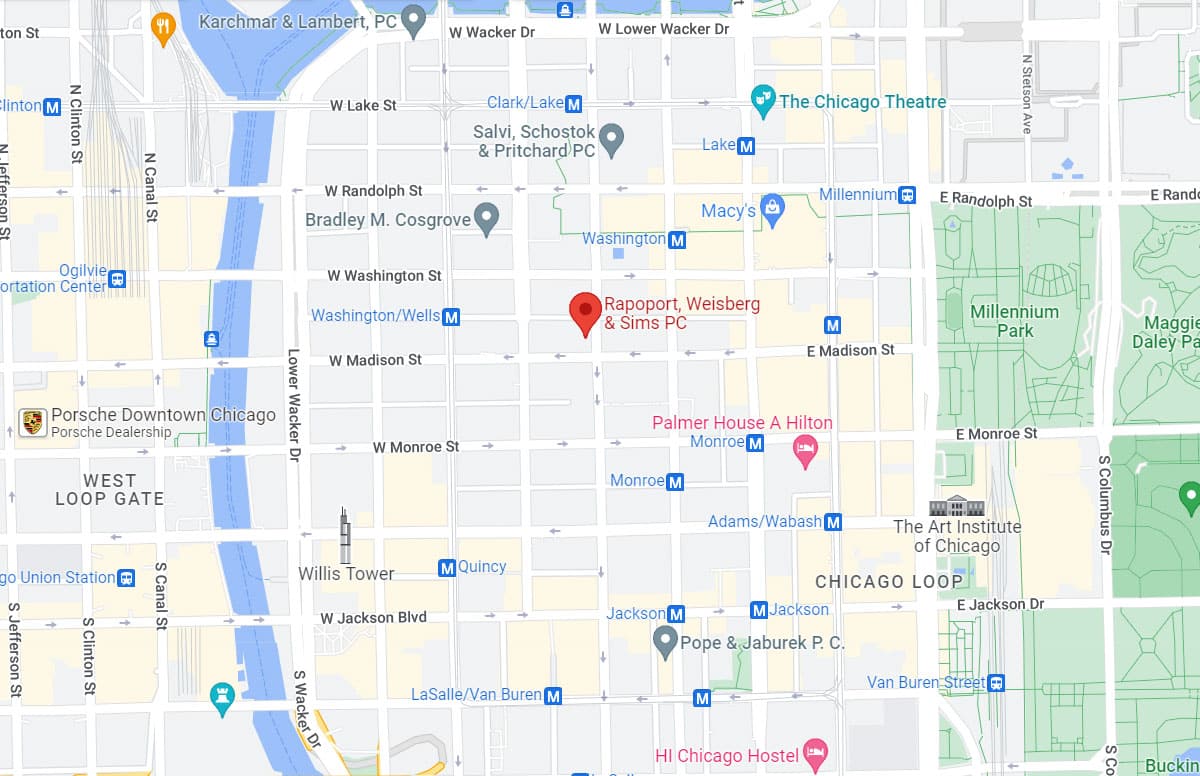The Transportation Safety Board of Canada recently concluded an investigation into a 2012 plane crash in which a 6-month-old child was killed. The investigation led the TSB to recommend that specially designed seat belts be made mandatory for children and babies on commercial flights. That recommendation is in line with a number of groups concerned with child welfare, including the American Academy of Pediatrics, the Association of Flight Attendants and the National Transportation Safety Board in the U.S. All of these groups oppose the infant seat exception that allows children under 2 to sit on their parents laps during flights.
The plane crash in Canada provided a tragic example of why the infant seat exception is unwise. When the twin engine craft suffered a hard landing, there were nine people aboard. Eight of those people survived the crash, with none suffering life-threatening injuries. The 6-month-old was the only passenger not properly restrained. The death was further proof of what research has shown: Adults are not able to safely restrain children by holding them in their arms. Children die in accidents they would have survived if given a seat with a proper safety restraints.
Several factors likely contribute to the continued failure to properly restrain small children aboard aircraft. When riding on a parent’s lap, a child flies for free. The cost of an additional seat may discourage some parents from properly restraining their children. Some people mistakenly believe that an airplane crash is not a survivable event. The importance of securing a child safely is undercut by the belief that a crash will be fatal no matter what. In addition, the fact that parents are allowed to hold their children in their laps, rather than in a seat of their own, may lead them to believe that the practice is safe. This is simply not true, as science and tragedies like the one in Canada have repeatedly shown.
The infant seat exception should be abandoned. Small children are not allowed to ride unrestrained in motor vehicles. They should not be allowed to ride unrestrained in commercial or general aviation aircraft. The TSB investigation has proven that once again.
Source: The Globe and Mail, “TSB report calls for children’s seat belts for on commercial flights,” by Chinta Puxley, 29 June 2015
